Dust Grooved, Hard Rock Moil Point Tool
High-quality dust grooved, hard rock moil point tool produced for Atlas Copco Sb 200 hydraulic breakers. Made from heat-treated alloy steel. Offers long service life and high performance. (Length: 600 mm, Diameter: 65 mm)
Specially designed for Atlas Copco Sb 200 hydraulic breakers, this high-quality moil point tool is made from heat-treated alloy steel. It offers outstanding impact resistance and long service life in hard rock and challenging ground conditions. Its dust grooved design prevents clogging at the jobsite and provides a more efficient and uninterrupted working environment.
Advantages
- High impact and wear resistance
- Quick and easy installation
- Long service life
- Original/OEM quality
Technical Specifications
- Length: 600 mm
- Diameter: 65 mm
- Weight: 14 kg
- Material: Heat-treated alloy steel
- Type: Dust Grooved, Hard Rock Moil Point Tool
Compatible Models
- Atlas Copco Sb 200
For fast delivery from stock, technical support and spare parts, please contact us.
Important Points for Using Breaker Tools
- Working Angle: For maximum tool life, always operate at approximately 90° to the working surface. Incorrect angles can lead to high contact pressure between the tool and bushings, resulting in premature wear and failure. Worn bushings may allow the tool to be used at an incorrect angle, causing uneven impact between the piston and tool.
- Lubrication: Regular lubrication with high-temperature, high-pressure grease is essential for tool and bushing longevity. Proper lubrication helps to protect components against stress from incorrect angles, leverage, and excessive bending. Insufficient lubrication can drastically reduce tool life.
- Blank Firing: Only operate the breaker when the tool is in full contact with the work surface. Firing onto the retainer pin without proper contact can cause severe damage to both the pin and the tool’s flat surface. Inspect this area at regular intervals (e.g., every 40 hours) and grind out any wear as necessary.
- Overheating: Avoid working continuously in the same spot. Do not strike one area for more than 10–15 seconds; this can cause excessive heat and deformation (“mushrooming”) at the tool’s working end. Move positions regularly and allow cooling breaks.
- Leverage/Bending: Using the tool as a lever or applying excessive bending forces is a common cause of tool breakage. Always use the tool for its intended purpose and avoid unnecessary leverage.
- Loose Running: The boom and breaker should always keep the tool firmly pressed against the workpiece. Otherwise, the tool may run loose, resulting in wasted impact energy and possible damage to both tool and machine.
- Tool Reconditioning: Under normal conditions, most breaker tools do not require reconditioning. However, if there is deformation or cracking at the impact end, professional grinding or welding may be considered. Be aware that such processes may alter the tool’s structural properties; original condition is always preferable.
For long-lasting performance, always ensure regular maintenance, correct lubrication, and the proper working angle. If you observe unusual sounds, overheating, or a loss of performance, check the tool and bushings without delay.
Tool Selection
- Moil Point Tools: General demolition tool preferred where deep penetration and breaking efficiency are needed. Commonly used for foundation demolition, mining, and breaking concrete or rock in primary demolition projects.
- Pyramid Tools: Ideal for applications that require increased breakout force. Provides efficient breaking performance in compact areas and hard rock, making it suitable for challenging breaking tasks.
- Dust Grooved Moil Point Tools: Specially designed for soft ground or environments with heavy dust. The grooved structure helps prevent clogging and ensures continuous and effective operation.
- Power Tools: Manufactured with a hard alloy tip for use in extremely tough and abrasive ground conditions. Offers long life and resistance in hard rock applications.
- Chisel Tools: Suitable for both breaking and cutting tasks. Delivers effective results in trenching, benching, and medium-hardness materials thanks to its dual-action design.
- Dust Grooved Chisel Tools: Engineered for use in soft or high-dust working conditions. The grooved design reduces clogging and enhances tool performance in challenging environments.
- Wide Chisel Tools: Improves productivity when working with softer materials. Offers faster and broader breaking, ideal for large-area demolition tasks.
- Wide Chisel Tools (90°): Similar to wide chisels but with a 90-degree orientation for more precise cutting or trenching. Perfect for specialized operations requiring unique cutting angles.
- Tarmac Cutter Tools: Designed for effective breaking and secondary demolition, as well as scaling tasks in mines and tunnels. Enables precise cutting in asphalt and other hard surfaces.
- Blunt Tools: Optimal for crushing rock and compacting various materials. Used in secondary breaking or compaction applications in mining and tunneling environments.
- Driving Tools: Specially designed for driving posts, pipes, and similar elements into the ground. Provides controlled and efficient driving performance.


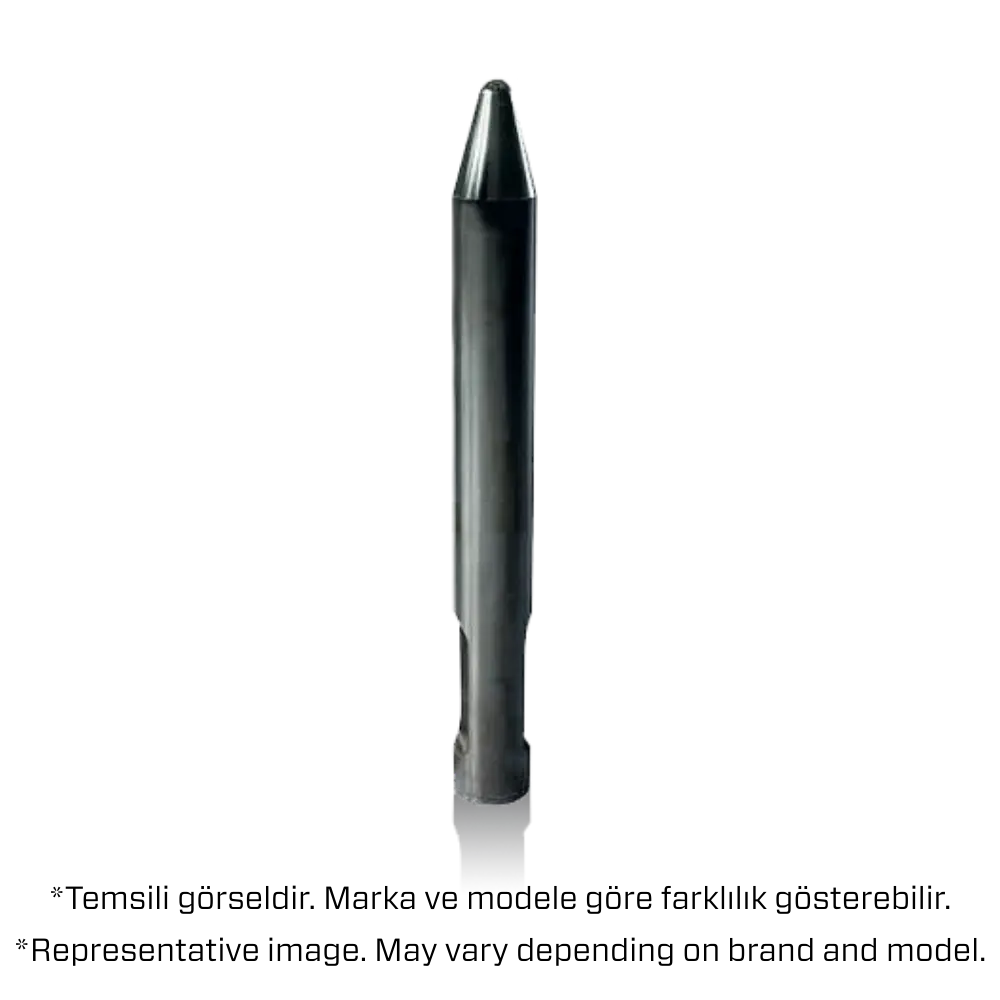
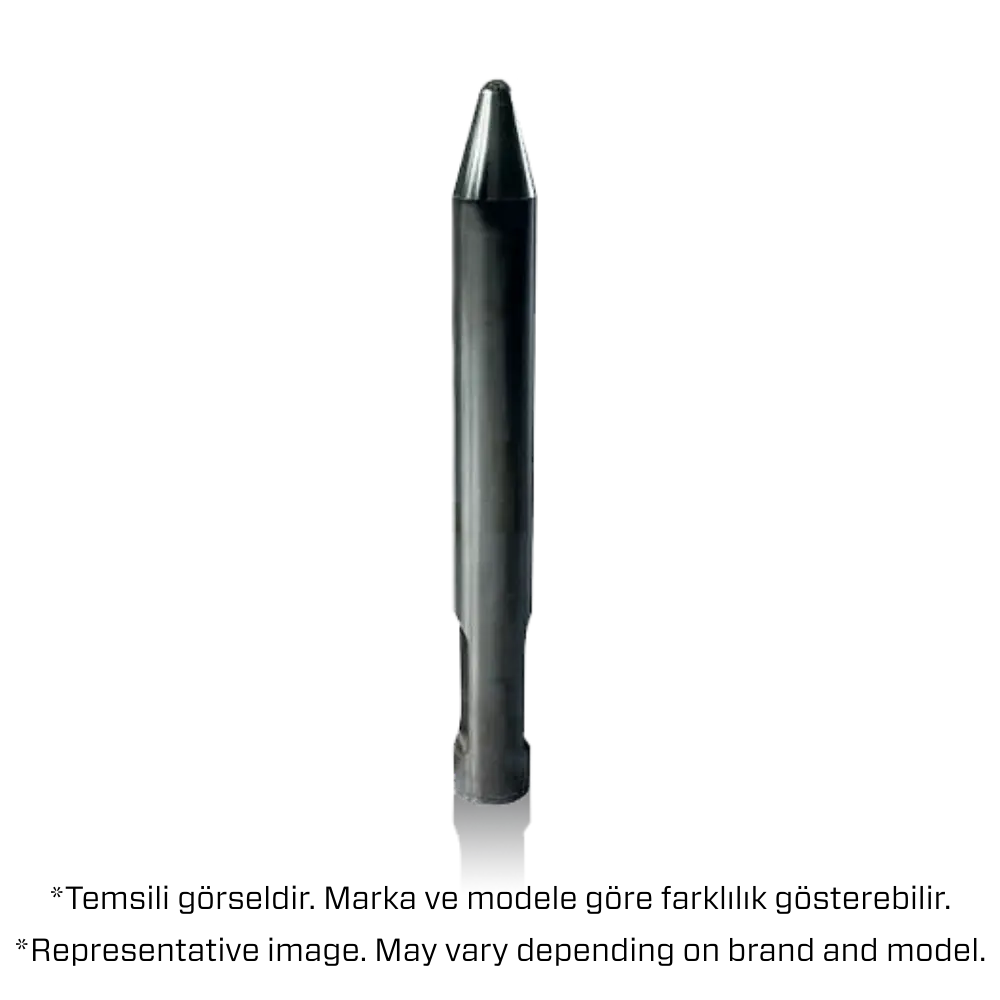
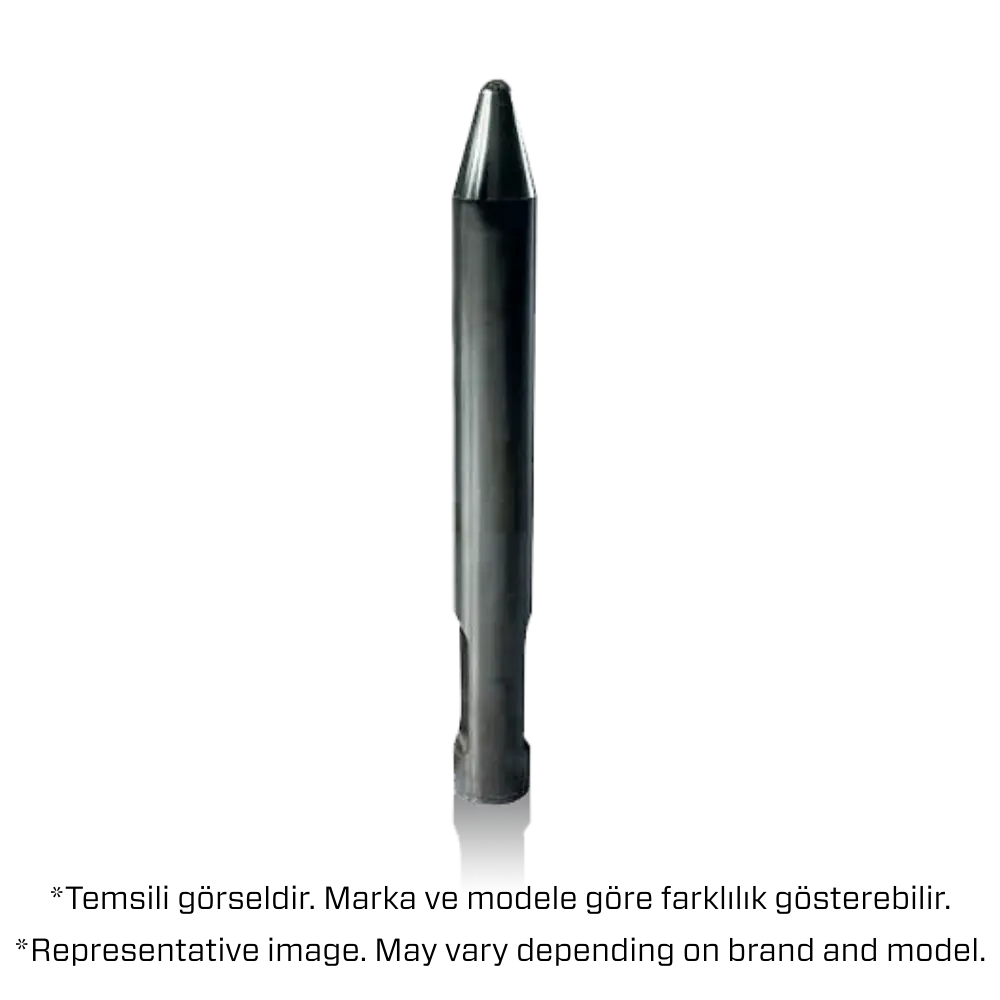
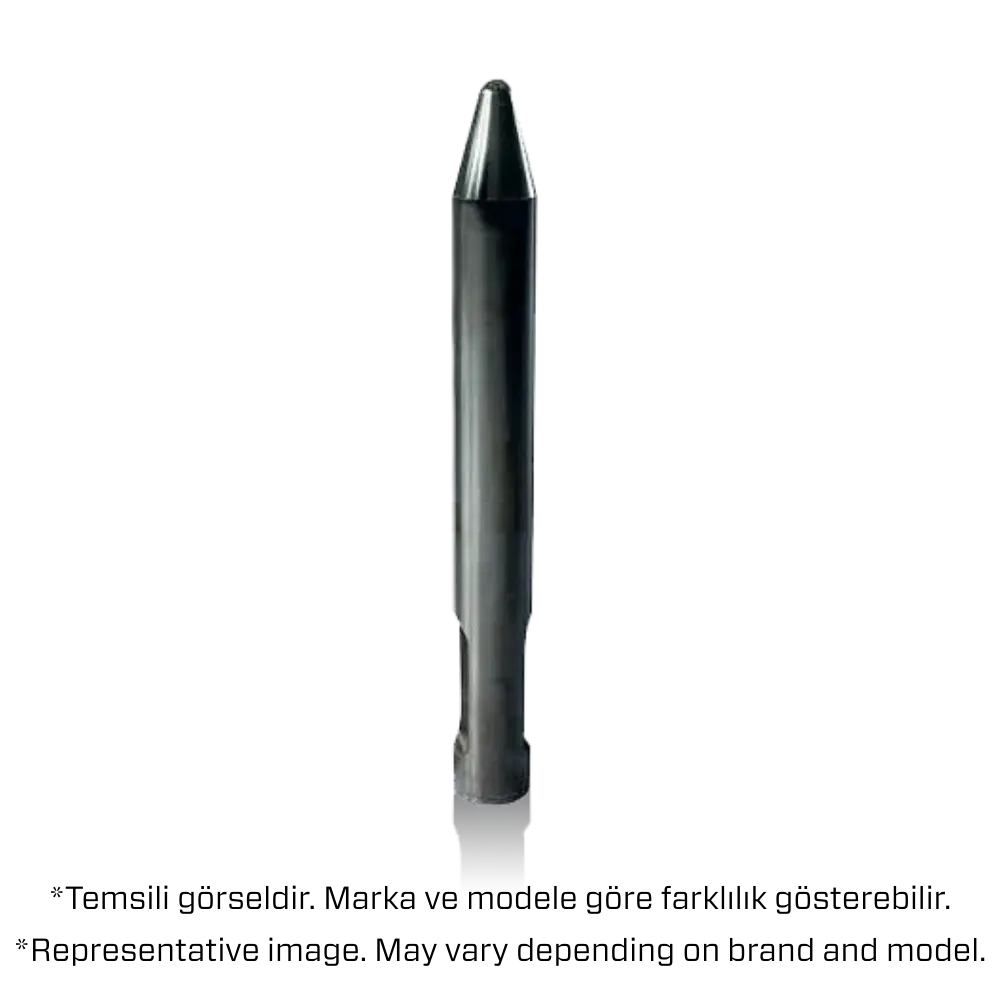
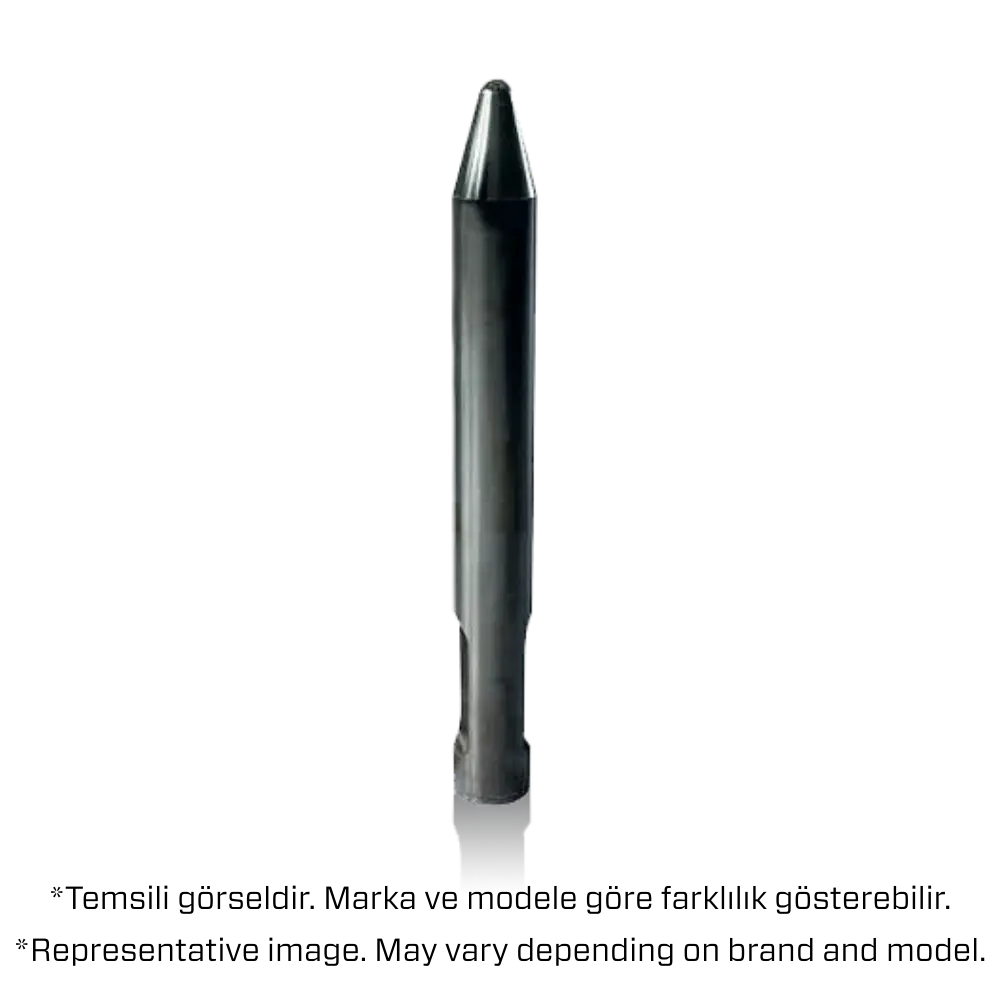
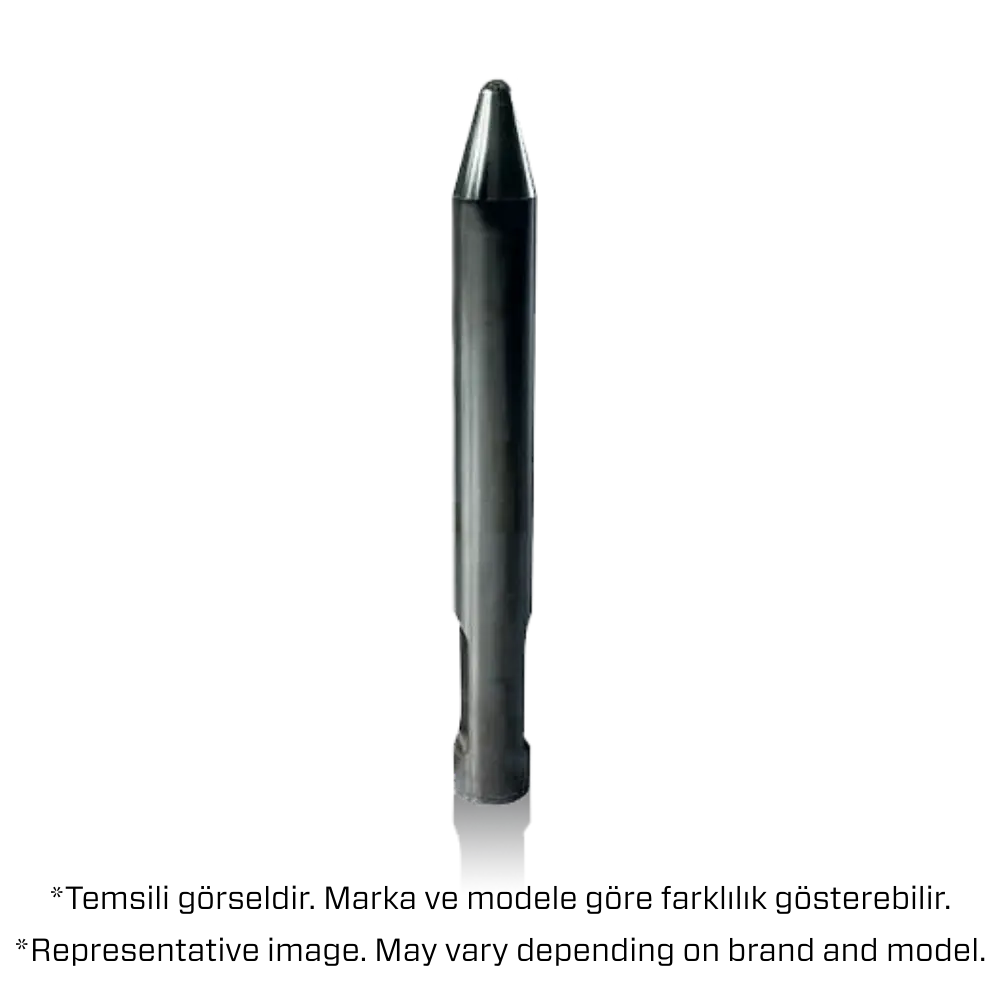




![JCB - =VLOOKUP(E545,[1]Sheet1!A$1:B$65536,2,FALSE) JCB - =VLOOKUP(E545,[1]Sheet1!A$1:B$65536,2,FALSE)](https://shop-hkm.com.tr/sivri-uc-4211-dust-grooved-hard-rock-jcb-6661-42-K.webp)
![Indeco - =VLOOKUP(E441,[1]Sheet1!A$1:B$65536,2,FALSE) Indeco - =VLOOKUP(E441,[1]Sheet1!A$1:B$65536,2,FALSE)](https://shop-hkm.com.tr/sivri-uc-4107-dust-grooved-hard-rock-indeco-6635-41-K.webp)
![Hanwoo - =VLOOKUP(E413,[1]Sheet1!A$1:B$65536,2,FALSE) Hanwoo - =VLOOKUP(E413,[1]Sheet1!A$1:B$65536,2,FALSE)](https://shop-hkm.com.tr/sivri-uc-4079-dust-grooved-hard-rock-hanwoo-6628-40-K.webp)
![DNB - =VLOOKUP(E259,[1]Sheet1!A$1:B$65536,2,FALSE) DNB - =VLOOKUP(E259,[1]Sheet1!A$1:B$65536,2,FALSE)](https://shop-hkm.com.tr/sivri-uc-3925-dust-grooved-hard-rock-dnb-6590-39-K.webp)
![Atlas Copco - =VLOOKUP(E149,[1]Sheet1!A$1:B$65536,2,FALSE) Atlas Copco - =VLOOKUP(E149,[1]Sheet1!A$1:B$65536,2,FALSE)](https://shop-hkm.com.tr/sivri-uc-3815-dust-grooved-hard-rock-atlas-copco-6563-38-K.webp)
![Atlas Copco - =VLOOKUP(E60,[1]Sheet1!A$1:B$65536,2,FALSE) Atlas Copco - =VLOOKUP(E60,[1]Sheet1!A$1:B$65536,2,FALSE)](https://shop-hkm.com.tr/sivri-uc-3726-dust-grooved-hard-rock-atlas-copco-2268-37-K.webp)